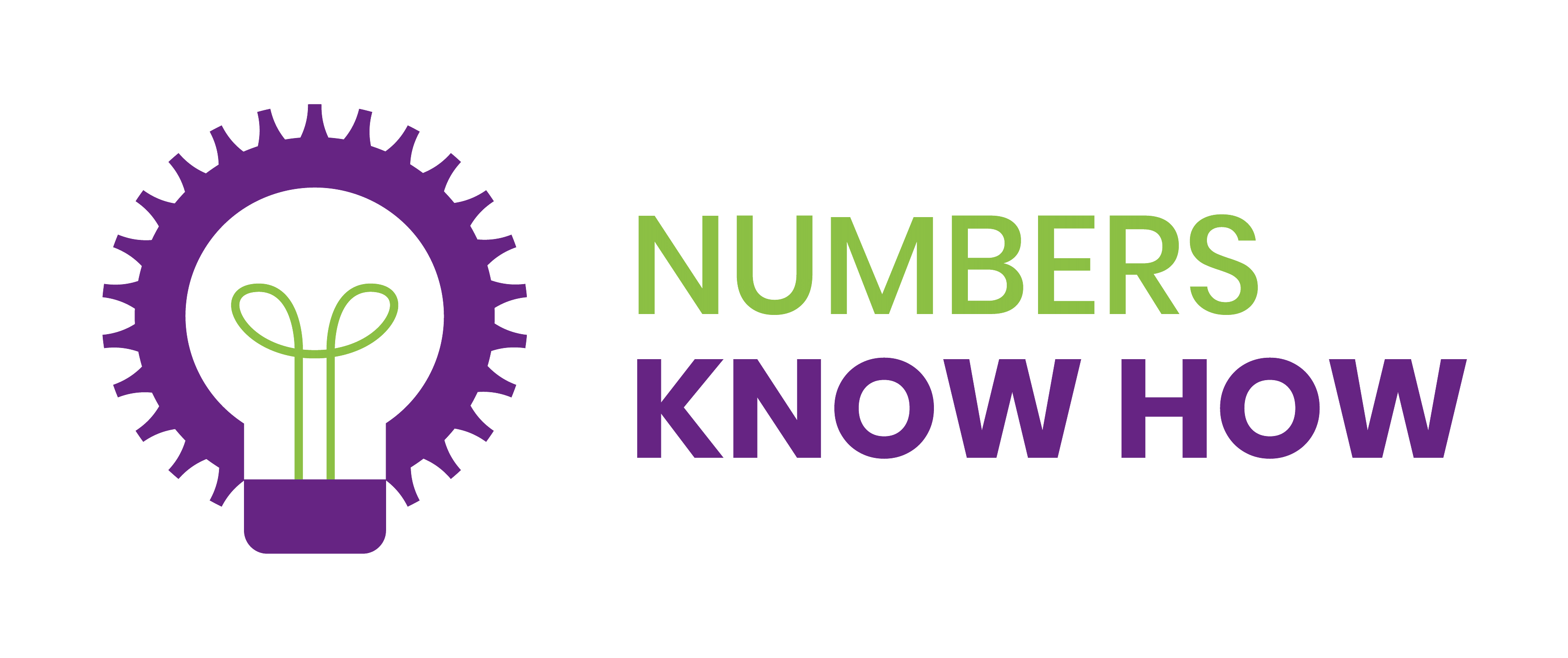Arts and creative organisations may be at higher risk of running into cash flow challenges than other businesses. It’s common in the creative industry to be at the mercy of unpredictable and volatile income streams. Many creative businesses work on a project basis with little opportunity for retainer contracts which bring predictable and sustainable income each month. That’s why it’s even more important to stay on top of your business finances. Try to identify cash flow challenges as early as possible. Here’s a step-by-step guide to managing financial and cash flow challenges:
- Assess your financial position
- Identify common cash flow issues
- Implement cash flow strategies
- Create a budget
- Create a ‘rainy-day’ fund
- Use financial tools
- Monitor and adjust
- Get expert support
Assessing your financial position
Before you can take steps to mitigate any cash flow challenges, you need to understand your current financial position. This means looking carefully at your profit & loss statement, your balance sheet and, crucially, your cash flow forecast.
Identify your various income sources and revenue streams. You should know how much of your income comes from which clients and how those clients were sourced. Next, look at your fixed and variable expenses so you are completely clear on how much you are spending and on what. Finally, look at your cash flow forecast to check that you have enough money coming in to meet your expenses. If you haven’t ever produced a cash flow forecast, read on to find out more.
Identifying common cash flow challenges
When more cash is flowing into your bank account than is going out, life is good. But don’t make the mistake of thinking that it will always be that way. Cash flow challenges can rear their ugly heads at any time, caused by:
a) Irregular income patterns
b) Delayed or non-existent customer payments
c) Seasonal trends in your sales
d) Unforeseen unavoidable expenses
e) Slower-than-expected sales
f) Problems with suppliers
Arts and creative businesses can often find themselves working on lengthy projects, such as putting together a fashion show or filming a TV series. If you are working on projects that span several weeks or even months, ask for staged payments in your contract so you aren’t waiting until the end to get paid.
Implementing cash flow strategies
Let’s consider how you might be able to manage cash flow challenges so your business doesn’t find itself in hot water unable to pay its bills.
Firstly, get your credit control in order. If your customers are paying you late, your cash flow is impacted. This could mean you can’t pay your suppliers or staff on time. Implement strict credit terms and don’t be afraid to chase as soon as the invoice is overdue. Ensure your contracts are very clear about payment terms. How many days of credit you are prepared to grant? If you have a lot of late payers, perhaps try an early payment discount to see if more invoices are paid on time.
Secondly, consider whether you can get better credit terms from your suppliers so you have longer to pay them. It’s not good practice to routinely pay late. Have a conversation with your suppliers as they may have some wiggle room to extend your terms. Aim for shorter credit terms for your customers and longer terms from your suppliers to help mitigate your cash flow challenges.
Third, why not look at diversifying your income streams? This could be by offering new services to another market. You could explore grants, sponsorships and other funding sources from organisations such as the Arts Council.
Finally, you could look for opportunities to monetise your creative assets. Can you open a membership, publish an e-book or develop a course you can sell related to your business expertise?
Budgeting for creative businesses
Creating a realistic budget for the year is the best way to get to grips with your business finances. And, of course, tracking your actuals against that budget. Over time, you’ll notice where you are in control of costs and where you could do better.
One of the most important financial management activities you can do is to create your cash flow forecast. A cash flow forecast is vital so you can be sure that there’ll be enough cash to pay your bills each month. Just knowing your sales numbers isn’t enough.
Let’s say you currently offer 30-day payment terms, but your customers are on average paying you after 2 months. Sales that you agreed on 1 February and invoiced on 14 February are settled on 14 April. This time lag between agreeing on the sale and getting paid can greatly impact on your bank account. By creating a cash flow forecast, you’ll be able to see in advance where the pinch points are coming, giving you time to put in place alternative options for ensuring your business stays solvent. This could be a short-term overdraft or a business loan for example.
Building and maintaining reserves
Some creative businesses find the somewhat unpredictable nature of income challenging. It’s therefore wise to build up an emergency fund you can dip into if your bank account starts to run a bit low. One useful strategy is to put aside 20% of each invoice for tax and another 10% for an emergency reserve. Building a reserve will enable you to weather the storm when cash flow challenges hit you unexpectedly.
Financial tools for creatives
Many creative business owners are very focused on the service or product they offer and less interested in the details of financial and management accounting. If you are someone who finds finances challenging, using some of the customer-centric tools available now can help you get on top of your numbers.
Cloud accounting packages like Xero make bookkeeping and accounting much easier than before. Your accountant can give you some training in how to capture receipt images and attach them to your expense transactions. Once your bookkeeping is up to date, making good business decisions becomes much simpler.
Your bookkeeper or accountant can generate financial reports to help you with decision-making, including expense reports, sales reports, P&L, balance sheets and cash flow forecasting.
You can also use additional tools specifically designed to help you drill down into your business and create detailed cash forecasts to help you avoid cash flow challenges. Check out our recent blog ‘9 steps for using cash flow modelling software in a small business’ for guidance on how to get this working for you.
Monitoring and adjusting strategies
An annual review of your business finances really isn’t enough. If you are only ever looking at your finances as part of the tax return process, then you’re looking at data that could be almost two years old. And that’s no use to you for current decision-making.
Cash flow challenges are preventable if you are forward-looking. Consider reviewing your cash position at least once a month, or more often if you have a high volume of payments going through your books. Your accountant can identify any potential cash flow issues before they become big problems. You may need to make minor adjustments to the way you invoice or make payments to manage your cash flow or you might need to make some significant adjustments if you are regularly in danger of running out of funds.
Getting help with cash flow management
Your accountant, bookkeeper or finance manager needs to be familiar with the common challenges creative businesses face. It’s no good having a finance advisor who understands how to support a fast-moving consumer goods company but has little experience in helping arts and creatives to be successful.
A common problem for creative businesses is the struggle to find a balance between artistic integrity and financial viability. It can be hard to make compromises on your service or product to stick to a budget. An advisor who understands this dichotomy is a valuable resource in helping your business reach its financial and artistic goals.
Furthermore, choose an accountant who understands the various tax implications for creative businesses and can help you minimise your tax bill and optimise tax credits.
Prioritising your financial wellbeing
Maintaining healthy business finances must remain a top priority for all creative businesses. You can’t show the world your creativity and talent if you are always wondering from one day to the next if you will still be in business next week. Pay attention to your current cash flow challenges and implement some suggested changes to increase your financial resilience. Our cash flow modelling software can help you avoid getting into financial trouble, helping you predict a better and brighter future.
Sign up for your FREE trial to Numbers Knowhow, the revolutionary cashflow software designed to empower you with the numbers you need to transform your business. With Numbers Knowhow, you’ll have access to powerful tools and features that will unlock a world of financial understanding and growth.


